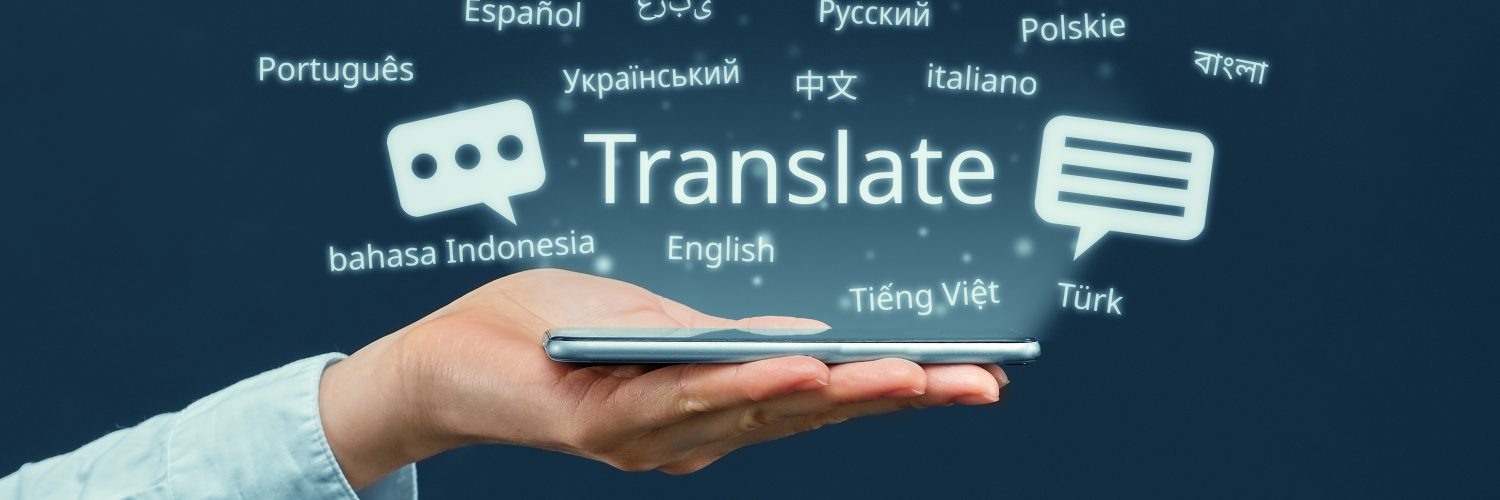Artificial Intelligence (AI) today needs no introduction. Most people are familiar with tools like ChatGPT or Google Translate, but there’s more to the story than just automation. Even before the rise of modern AI, people relied on Google Translate for multilingual communication. What makes this tool increasingly reliable is its ability to help users understand complex information in their own language, whether it’s for international business, government documents, or everyday communication. The reason behind usage also is they are more accurate as humans have worked manually to update certain language scripts. Even though AI can process large datasets and generate fairly accurate translations, the role of human language experts, especially when it comes to translating content into regional languages like Hindi language remains irreplaceable.
The Role of AI in Language Translation
Thanks to machine learning and natural language processing, AI can now perform real-time translation across dozens of global languages. It analyzes billions of text samples, identifies sentence structures and usage patterns, and delivers efficient translations. For widely spoken languages like English or Spanish, the results are often impressively accurate.
However, when it comes to culturally rich, context-sensitive languages like Hindi, human input is still crucial. This is when you understand Language degree too is important. AI may be fast, but it often struggles to interpret tone, formal speech, idioms, and regional dialects. These are the areas where trained language experts excel and AI adapts them slowly.
Why Pursuing a Language Degree Still Matters?
Are you still giving a thought whether learning a language holds value or not? The answer is a resounding yes. In fact, language skills have become more essential than ever. Institutions like Somaiya Vidyavihar’s Faculty of Language and Literature offer programs that equip students with not just speaking and writing abilities, but also deep knowledge of culture, syntax, semantics, and real-life communication.
With global companies localizing their products and services for regional audiences, the demand for language professionals has grown. Whether it’s for content creation, translation, interpretation, or working alongside AI tools, experts in languages like Hindi are now key players in the tech world.
When AI Falls Short, Humans Step In
AI may be smart, but it’s not always sensitive to nuance. Language is not just about words, it’s about meaning, emotion, and context. Here’s where human experts outperform machines,
1. Understanding Tone and Formality
While many Indians speak both English and Hindi language, not all are fluent in reading or writing formal documents. Google Translate helps bridge this gap, but its understanding of tone, politeness levels, and formality is limited. Human translators ensure the tone matches the context, especially in official or public-facing content.
2. Contextual Translation
AI often makes mistakes with translating idioms, metaphors, and region-specific phrases. A literal translation may not convey the intended meaning and such instances can lead to problem. In such cases, a Hindi language expert can ensure the message is culturally and contextually accurate, especially when content is meant for publication or official use.
3. Cultural Sensitivity
Automated tools can sometimes produce translations that are unintentionally offensive or inappropriate due to lack of cultural understanding. Human language experts help avoid such mishaps by refining translations, applying cultural knowledge, and reviewing sensitive content.
The Role of Hindi Language Experts in Google Translate
Hindi language experts can train and improve AI translation tools by providing right inputs. Their responsibilities often include:
- Reviewing and correcting automated translations
- Teaching AI how to handle sentence structures, idioms, and regional dialects
- Providing context for ambiguous phrases
- Ensuring translations are user-friendly and culturally appropriate
By feeding accurate and diverse language data into the system, these experts help AI become smarter over time. It’s a collaborative process, one that combines machine efficiency with human intelligence.
To become a part of AI revolution, you do not have to become a coder. With the right language skills, you can contribute meaningfully to tools like Google Translate. At Somaiya Faculty of Language and Literature, students can explore specialized language courses in Indian and foreign languages and unlock diverse career opportunities. If you’re passionate about language and curious about how tech works, this is the perfect intersection where your skills can shine.
Want to open doors to new opportunities? Know more about Languages and Literature program at Somaiya Vidyavihar University.
















Add comment